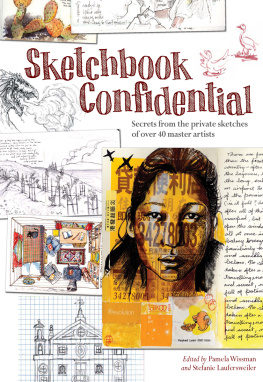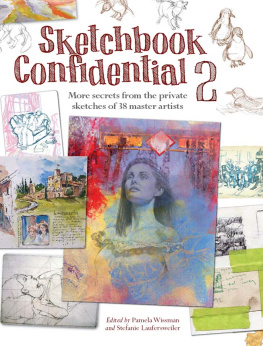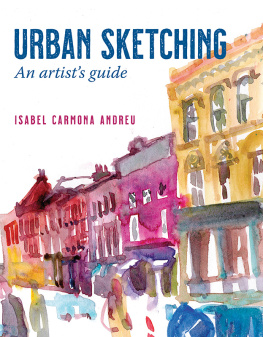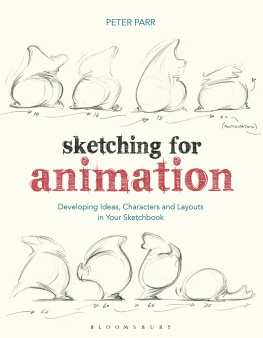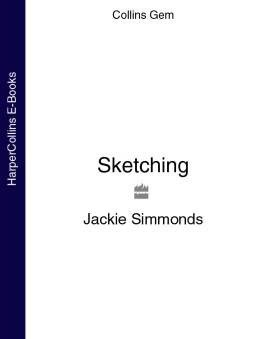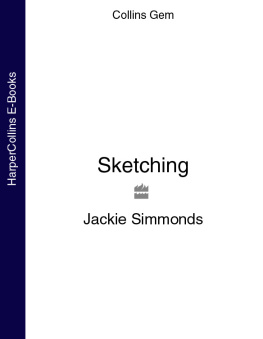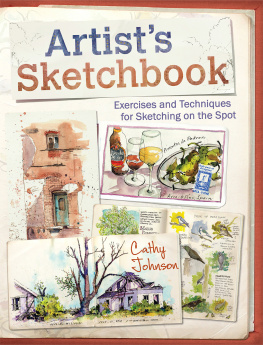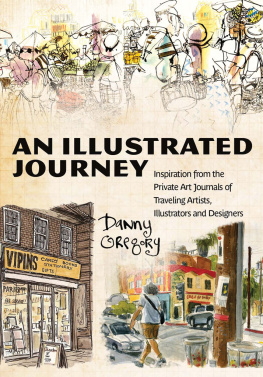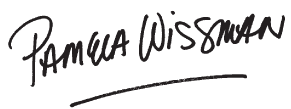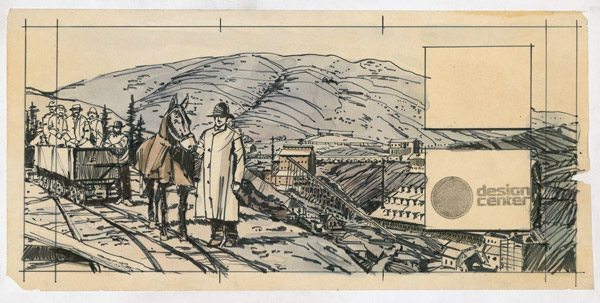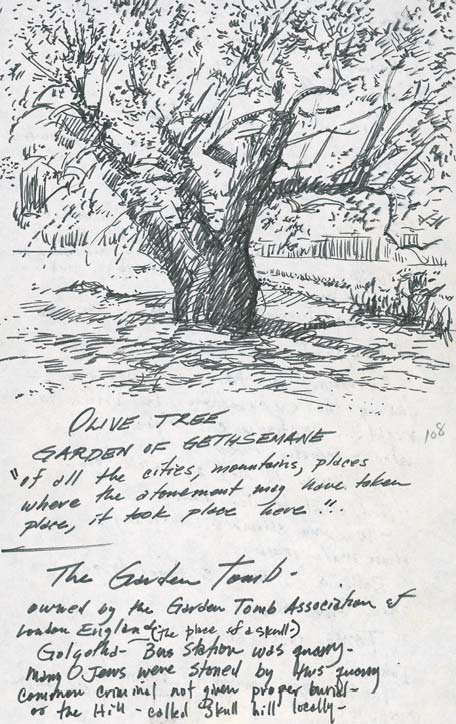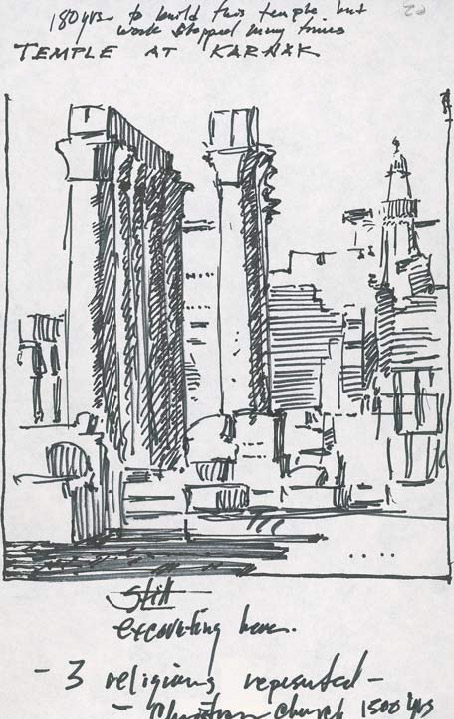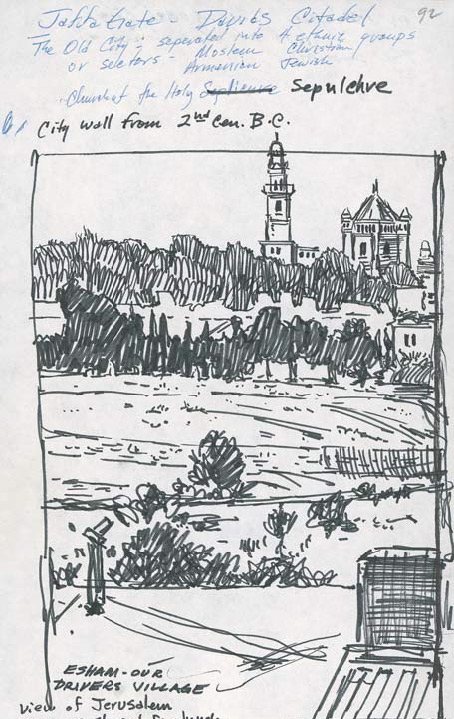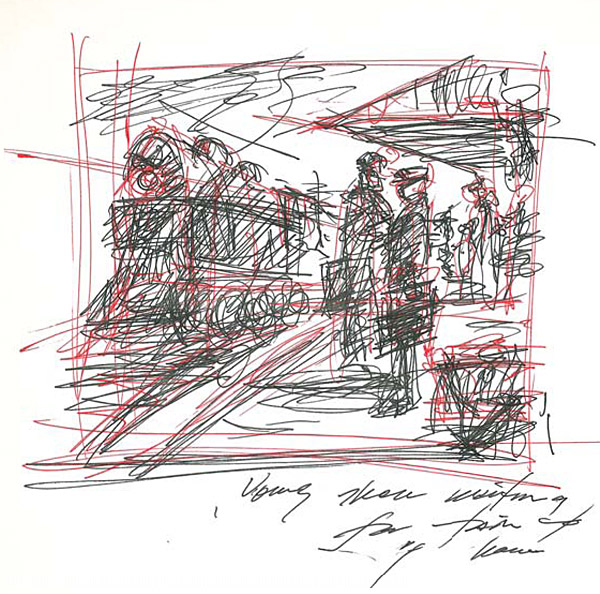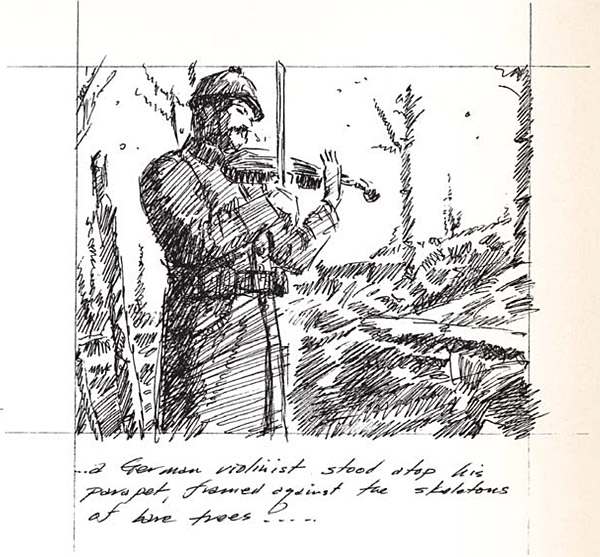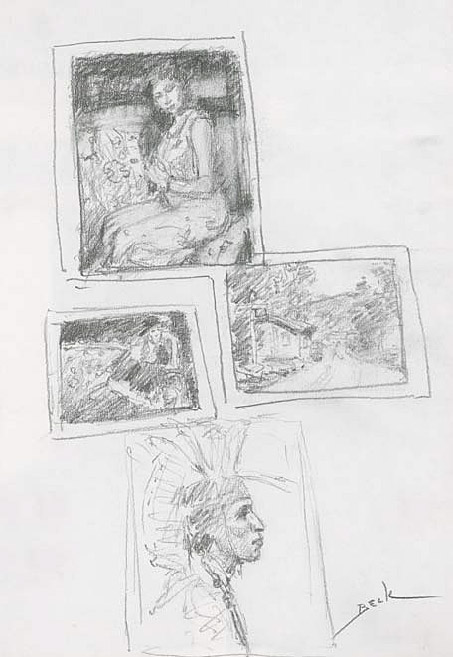Most of the pieces here were produced quickly, intended to be transient, not for public view. They provide a place to work out creative ideas and problems, or just have fun arranging forms, dealing with life, escaping, studying subjects, trying approaches, getting one of those days down on paper. They range from traditional to unexpected. They come as loose drawings, sketchbooks, journals and colorful painted sketches. Some were done on location or en plein air. Some are small, while others are sizeable. Whatever they are, they reveal something about the creative processes, inner history and finished work of the artist.
Thank you to all of the wonderful artists presented here who were eager to participate and patient with our demands; as well as Stefanie Laufersweiler, Wendy Dunning and all the editors and production staff at F+W Media for making the process of this book as smooth as it possibly could be. You are all such pleasures to work with.
Robert T. Barrett
A painter, muralist and illustrator, Barrett also teaches at Brigham Young University in Provo, Utah. He has worked for Random House, HarperCollins and O UTDOOR L IFE magazine, among numerous other publishers, and he illustrated a book for kids on President Barack Obama (O BAMA : O NLY IN A MERICA , Marshall Cavendish Children's Books) as well as a companion book on the life of Michelle Obama. His book L IFE D RAWING : H OW TO P ORTRAY THE F IGURE W ITH A CCURACY AND E XPRESSION was published in 2008. He was selected by the Society of Illustrators in New York as their 2010 Distinguished Educator in the Arts.
As a writer may keep a written journal of their life's experiences, so an artist keeps a sketchbook. An artist thinks, feels, sees and draws.
I sketch for different reasons but primarily as a way to document visual experiences or to solve various problems. I draw pretty much every day even if only for short periods of time. Drawing regularly is a way for me to practice my motor skills as well as to keep my visual/spatial aptitudes sharp.
I sketch both in a formal sketchbook and in the margins of paper while in various meetings. I also sketch for students in classes I teach to demonstrate different ways for solving visual problems. When I draw in meetings, I usually draw from my imagination or from memory, which is a great way to determine what you understand without a model or other subject matter.
Because it is low risk, sketching is perhaps more honest and is often more creative.
As an illustrator, I often do quick sketches as a way to explore various compositions for more finished illustrations. My sketches are often the seeds or seed beds for more ambitious creative works. Unless I'm just doodling or practicing, I try to think about the visual problem I'm trying to solve. I often like to draw on toned paper, which is a quick way to establish a full value drawing.
Sketching is usually a quick way to explore a variety of subjects including motion, perspective, construction, proportion, composition, value, etc. One consequence of drawing quickly is the need to edit and simplify, which usually makes a visual idea more powerful.
Sketching tends to be more spontaneous and energetic and of much lower risk than a complete painting. Because it is low risk, sketching is perhaps more honest and is often more creative.

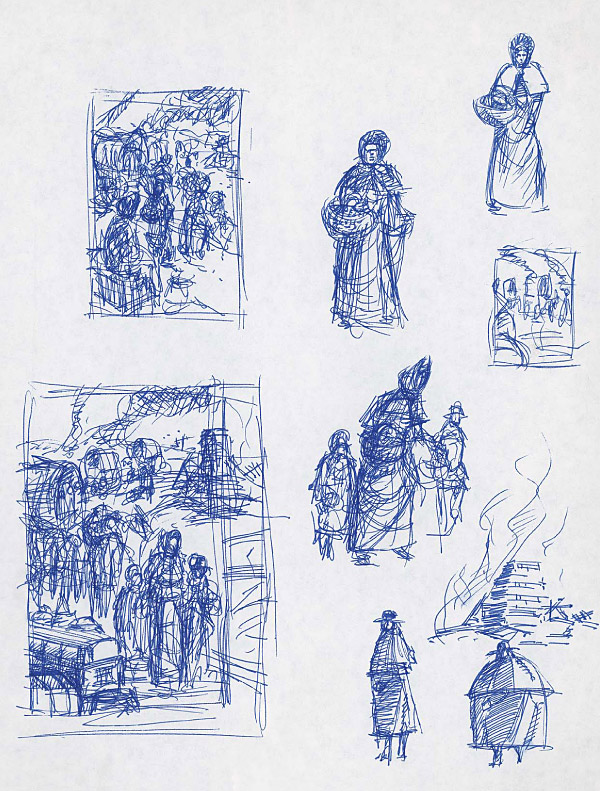
Dan Beck
After high school graduation, Beck took to the road and began a string of jobs ranging from a ranch hand in Arizona to a soldier on a two-year tour in Germany. For his own pleasure, Beck carried his cherished sketchbooks and journals wherever he went, which ultimately led him to pursue art as a career. Now settled in Colorado and firmly rooted in the tradition of Impressionism, Beck paints figures, still life and landscapes in oils and pastels. He has earned six consecutive Oil Painters of America awards of excellence (three national, three regional).
Sketching is a way to think visually. I sketch on a regular basis to work out compositional ideas, to stay in tune with the drawing aspect of painting and to just connect with my subject in a no-pressure situation. There is a freedom about sketching that keeps me grounded, and it's just plain fun.
With the sketch I feel an immediate dialogue back to myself. It doesn't matter much what media I use pencil, ballpoint pen, charcoal, color pencils, pastels. I like to sketch with a variety of tools. Often, just to see marks on paper is enough to get the juice going, to feel that urge to paint.
I think sketching works because it eliminates the complexities of painting. It allows one to see the essence of the subject or the idea or even to find that idea. It's much harder to do that when dealing with color mixing, painting application, etc.
Sometimes I sketch to see that essence of what will become a finished painting. Sometimes I sketch just to doodle around. That fun aspect to sketching is very important to maintain. I think and hope that the spontaneity of sketching carries over into the painting and that the daring and innovative qualities that come so easily in sketching translate into painting.

